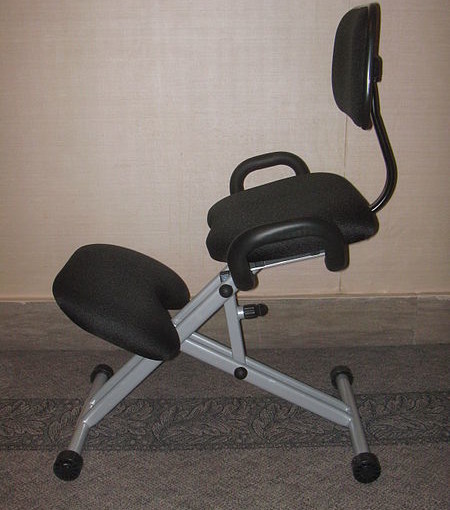As the years pile on, poor posture can be brought about due to a number of reasons – sitting in office chairs and looking at computer screens, driving, or standing for extended periods at a time. Even sleeping in a mattress that’s too hard, too soft, or uneven can lead to postural problems.
Luckily, these prime suspects that affect posture as a result of poor ergonomics are indeed within your control and you can turn things around. It’s never too late. Let’s take a brief look at how we can accomplish this. You might even come across some of these tips at chiropractic clinics.
Poor Ergonomics and Back Discomfort
In most cases, poor ergonomics and posture can be the cause of chronic back pain. Over the course of the day, your muscles tend to tire as you slouch and slump over your desk, pushing the limits to keep up with your respective deadlines. If this goes on for too long, you’re most likely going to experience undue stress in your neck and back. Change positions from time to time to maintain a relaxed but proper posture. Take a break from your desk every hour or so. Stretch a little, stand up and walk around. 2 to 3 minutes is all you need.
Make Use of Posture-friendly Props and Ergonomic Chairs
Ergonomic-friendly “props” can really help take the load off your spine. In case ergonomic office chairs are in short supply, use footrests, portable lumbar back rests, or even a small pillow that supports the natural lumbar curve of your spine a bit better. Wearing the right spectacles that support your vision and keeping them clean in addition to positioning your computer screen properly, will prevent you from leaning or straining the neck just to view the contents properly. Avoid tilting your head forward.
Be Aware of Ergonomics in Every Setting Not Just Work
One ought to be aware of ergonomics in every environmental setting, not just work. Instilling good posture in everyday activities is paramount. Try to establish a connection between episodes of pain and fatigue and certain situations where bad posture or ergonomics have been largely to blame. Make changes accordingly.
Exercising Promotes Good Posture
Regular strength or cardio training really strengthens the core muscles – the abdominal and lower back region. Keep these running like a well-oiled machine, and you’re quite likely to never experience postural problems. A lot of therapeutic and chiropractic methods revolve around strengthening the core, while improving flexibility. This protects your entire spine, as that’s your “postural hub”.
Image used under Creative Commons Licensing: Deluxe kneeling chair.jpg
